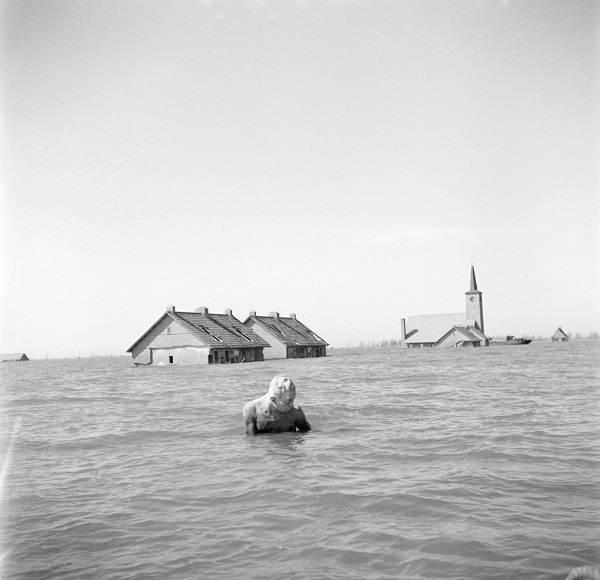From heritage collections to the dance floor: sampling archival material with RE:VIVE
The action of remixing was born out of music. Scholastically explored by French musique concrete artists Pierre Schaeffer and Pierre Henry in the 1940s and 50s, culturally exploited by the dance hall scene in Jamaica during the 60s and 70s, technically perfected by German krautrockers Kraftwerk or Tangerine Dream in the 70s, and finally translated for the dance floor as we know it now by the budding house and techno scenes in Chicago and Detroit. The concept of remixing is one of music’s most essential elements. Therefore, when we talk about remixing cultural heritage, music should be an explicitly targeted activity.
Enter RE:VIVE, an initiative by the Netherlands Institute for Sound and Vision bringing together electronic musicians and archives to change the way we hear the past. RE:VIVE does this by facilitating and co-producing new music completely composed out of sampled archival material, and inspired by the historical themes around which those samples are curated.
Struggle & Emerge, for instance, RE:VIVE’s first release by acclaimed Irish techno duo Lakker, was composed out of audio archival material related to the theme of the Dutch and water. Lakker were invited to the Netherlands where they met with academics, engineers and researchers to enlighten them on a topic they were previously ignorant of. In cultural heritage, our collective strongest asset is our access to knowledge. Combining images, footage, audio, and context, a platform like Europeana becomes “one-stop shopping” for musicians.
However, without open access none of this is possible. That’s why RE:VIVE champions the re-use of openly licensed materials. Opening up and making items available for download in high quality streamlines and economises the tedious and expensive processes of sourcing, accessing and clearing. Artists would rather not spend time and money on jumping hurdles to clear one sample or photo. That’s why many of them don’t. But when we’ve shown RE:VIVE artists platforms like the Rijksmuseum or the National Archive of the Netherlands, and the hundreds of thousands of freely re-usable imagery they could access, their eyes lit up like those of a kid on a Christmas morning.

J. J. Bosman and P. C. Bosman, De polder onder water, het verslag van de onderwaterzetting van de Wieringermeerpolder in 1945, Free Media, 1995
If opening up and making available on the web is the first step, the second step needs to be vehement community engagement. Much of RE:VIVE’s experience has illustrated that artists are very interested in working with heritage collections, but don’t know where to find them. That is why the relationships with artists need to be symbiotic, to the point where they become ambassadors of the collection. Furthermore, the engagement needs to be constant. There is already a well established community of Creative Commons lovers who are open culture artists, but they are a minority. The other part of the artist community simply does as they’ve done for years, and needs to be engaged. Doing so requires knowledge of norms, practices, standards and equal passion and love for music. RE:VIVE is working on not being an outsider engaging a new community, but to become a fixture within that community on behalf of archives worldwide.
Re-use has the power to take heritage materials and translate them for new audiences. Because music is now omnipresent, it is a perfect medium to intertwine cultural heritage into daily lives. RE:VIVE takes pride in knowing that thousands of people are enjoying rich heritage materials from the dance floor to a simple headphone commute., Archival materials are being taken outside of their vaults and placed back into the world from which they came.

